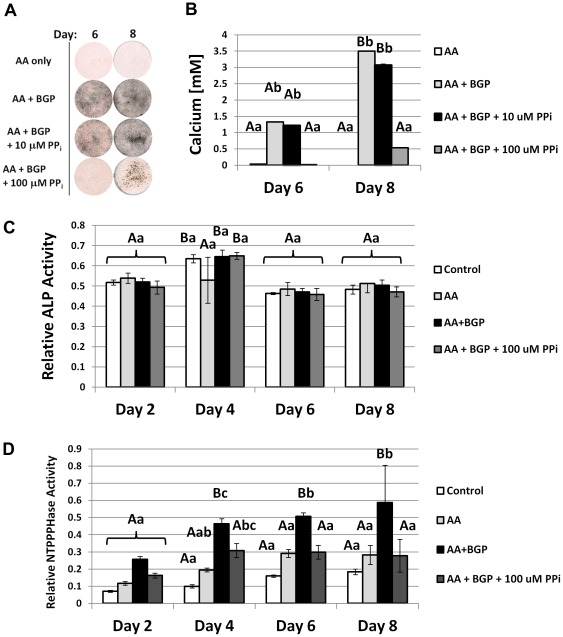Figure 10. Pyrophosphate regulates cementoblast mineralization and nucleotide pyrophosphohydrolase (NTPPPH) activity, in vitro.
(A) By von Kossa staining, OCCM.30 cells cultured with 5 mM BGP produced mineral nodules by days 6 and 8, while cells receiving only AA did not mineralize. The low dose of 10 µM PPi did not affect mineral nodule precipitation, however, the higher dose of 100 µM was a potent inhibitor of mineral nodules. (B) Quantitative calcium assay performed on days 6 and 8 confirmed visual mineral nodule staining by von Kossa. (C) Relative ALP enzyme activity was not affected by inhibition of mineralization by 100 µM PPi. (D) NTPPPHase activity was increased under mineralizing conditions, but inclusion of 100 µM PPi brought activity back to basal levels of non-mineralizing cultures. Graphs show mean +/− SD for n = 3 samples. Lowercase letters indicate treatment comparison at each time point, where different letters indicate a statistically significant intergroup difference. Uppercase letters indicate comparisons over time in the same treatment group, where different letters indicate a statistically significant intragroup difference. Values sharing the same uppercase or lowercase letter in were not significantly different. Means were compared by ANOVA (p<0.05) followed by the Tukey test for direct pair-wise comparisons.

